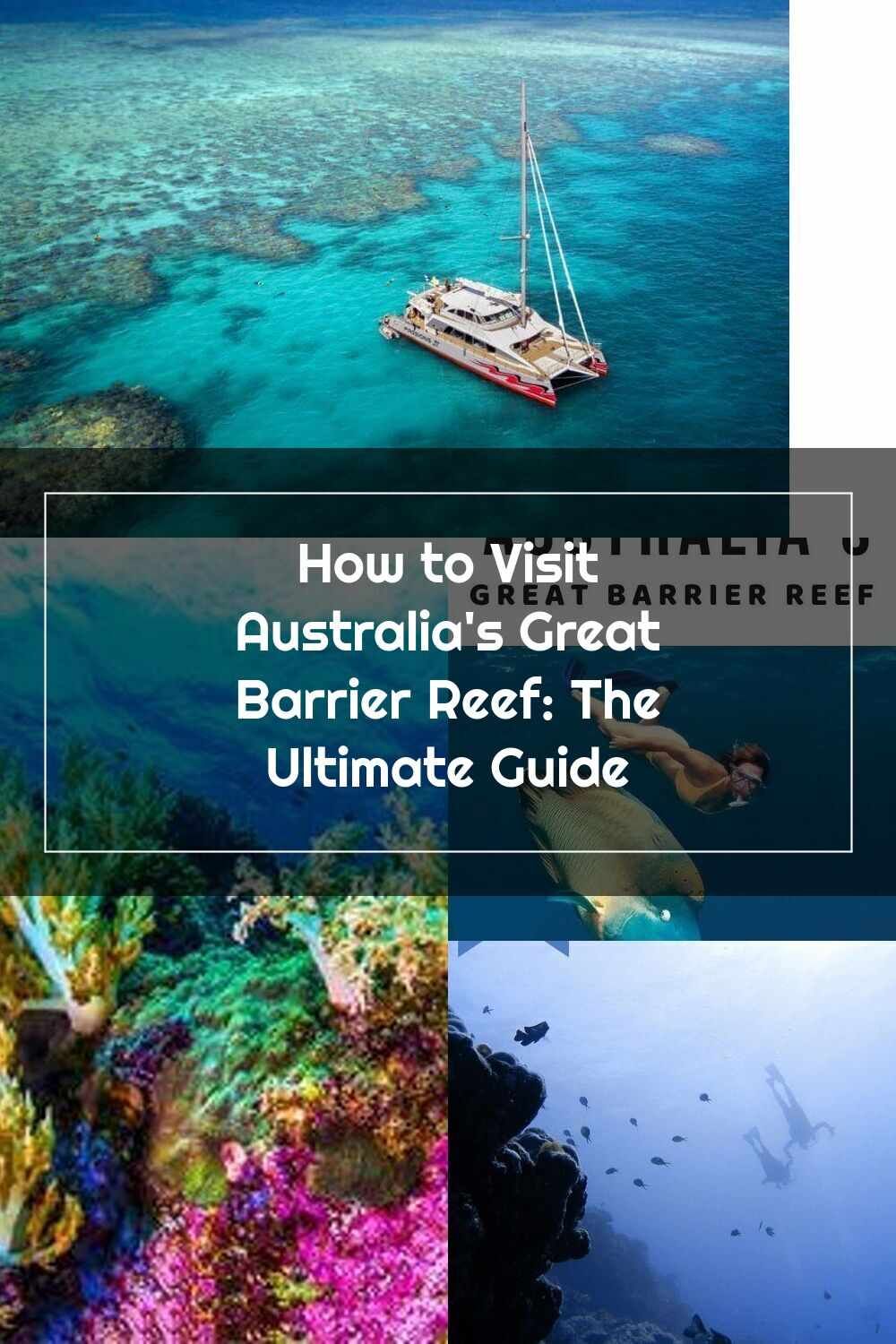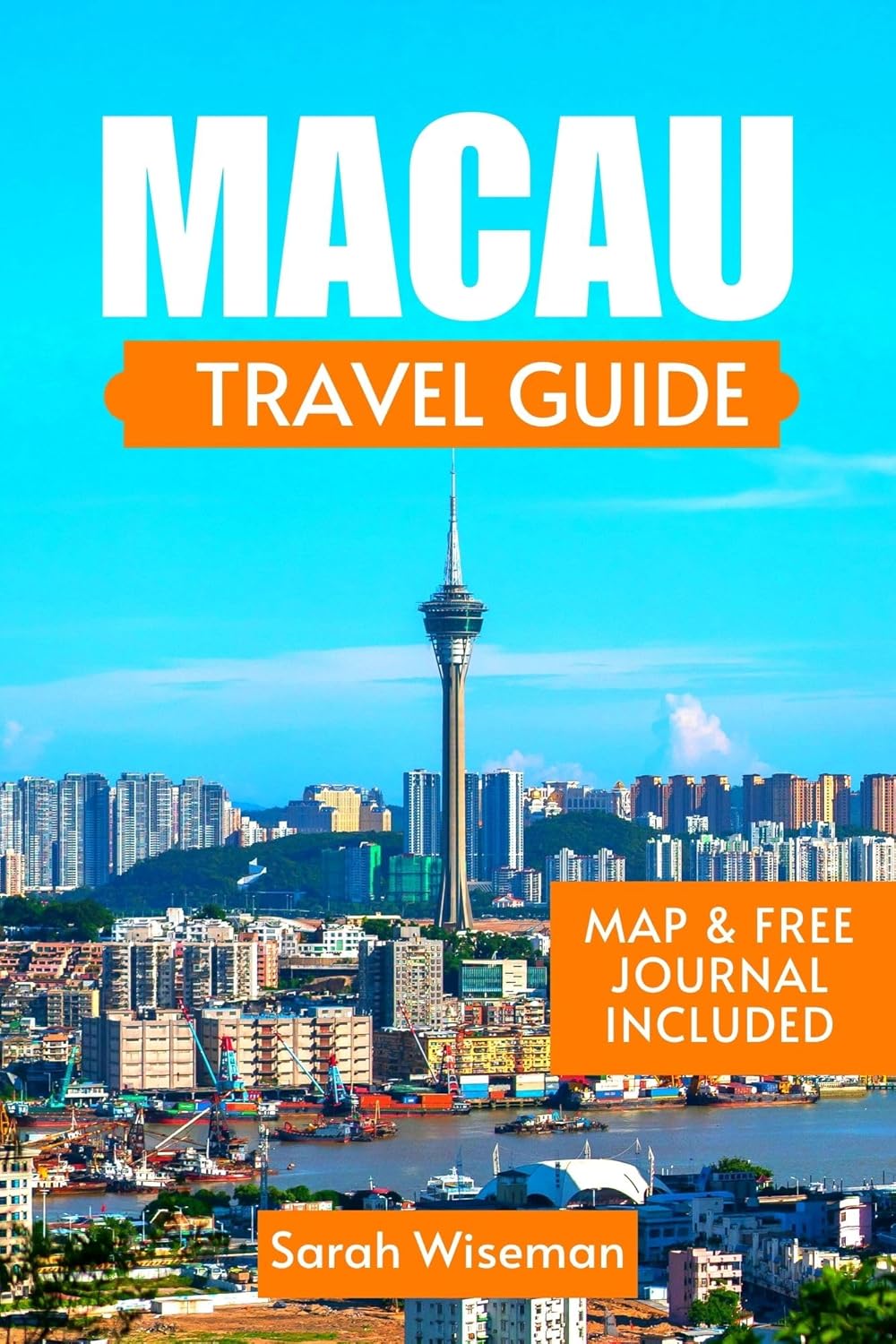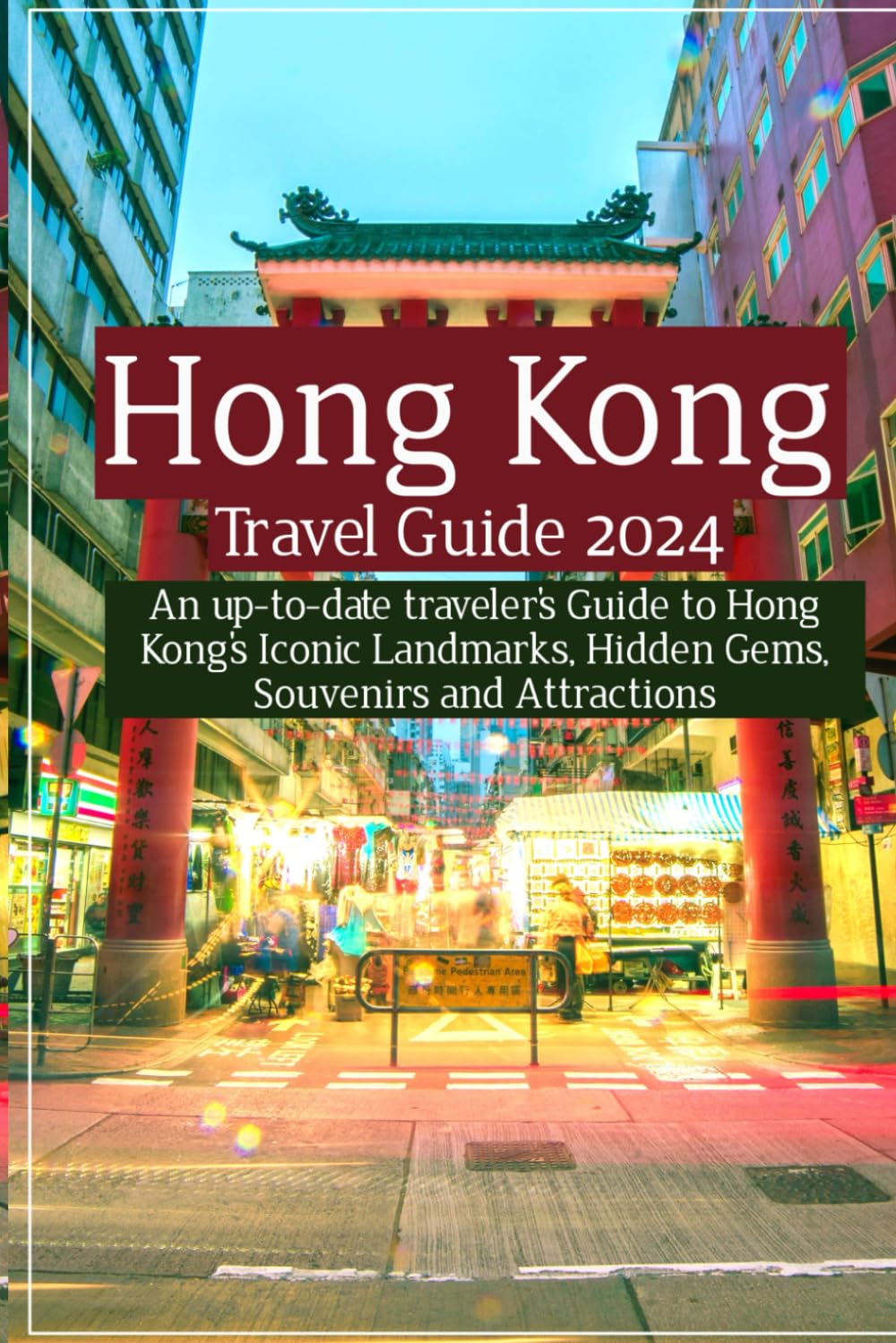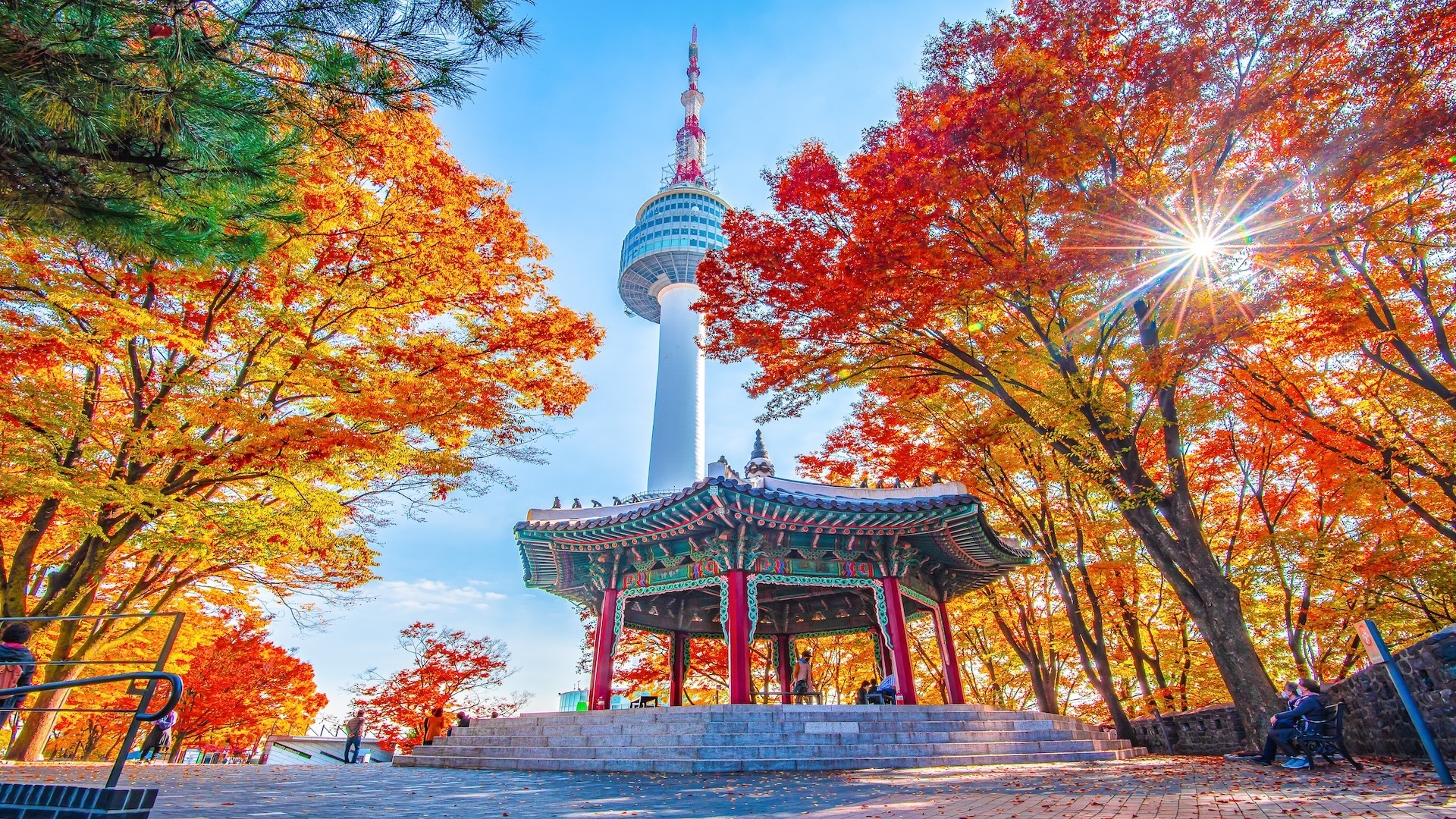
The Great Barrier Reef, a colossal living masterpiece stretching over 2,300 kilometers along the Queensland coast of Australia, is more than just a destination; it’s an experience that will etch itself onto your soul. This UNESCO World Heritage site, the largest structure on Earth built by living organisms, teems with an astonishing diversity of marine life, a kaleidoscope of coral formations, and an unparalleled beauty that draws millions of visitors each year. To truly unlock the magic of this natural wonder, a little preparation goes a long way. This comprehensive guide will equip you with everything you need to know for an unforgettable journey to the Great Barrier Reef.
A Living Legacy: A Glimpse into the Reef’s History
The Great Barrier Reef’s story is one of ancient geological processes and the persistent, intricate work of countless tiny polyps. Its formation began millions of years ago, with the slow accumulation of calcium carbonate skeletons from these coral polyps. Over millennia, these structures grew and expanded, influenced by changing sea levels and tectonic activity.
Related Articles about Dive into Paradise: Your Ultimate Travel Guide to the Great Barrier Reef:
- Brazil: A Symphony of Colors, Rhythms, and Unforgettable Adventures
- Oslo: A Symphony of History, Nature, and Modernity
- Switzerland: The Ultimate Travel Guide to Alpine Majesty and Urban Charm
- The Taj Mahal: A Monument of Love, A Jewel of India
- Istanbul: Where Continents Collide – A Comprehensive Travel Guide
Indigenous Australians have a profound and ancient connection to the reef, having lived alongside and harvested its bounty for tens of thousands of years. Their knowledge of the sea, its rhythms, and its inhabitants is invaluable and deeply woven into the cultural fabric of the region.
The reef gained global recognition in the 20th century, leading to its declaration as a Marine Park in 1975 and its inscription as a UNESCO World Heritage Site in 1981. This designation highlighted its immense ecological significance and the urgent need for its conservation. Today, the reef faces challenges from climate change, particularly coral bleaching, making responsible tourism and ongoing conservation efforts paramount. Understanding this history adds a layer of appreciation to the breathtaking beauty you’ll witness.
Main Attractions: Unveiling the Reef’s Wonders
The Great Barrier Reef is not a single entity but a vast network of over 3,000 individual reefs and 900 islands. Each offers its own unique charm and a plethora of activities. Here are some of the main attractions and experiences that await you:
-
Snorkeling and Diving: This is the quintessential Great Barrier Reef experience. Immerse yourself in the vibrant underwater world and witness a breathtaking array of coral gardens, from delicate branching corals to massive brain corals. Swim alongside a dazzling cast of characters: playful clownfish darting through anemones, majestic sea turtles gliding effortlessly, schools of iridescent fish, and if you’re lucky, even a gentle reef shark or a graceful manta ray. Popular snorkeling and diving spots include the Agincourt Reef, Osprey Reef, and the iconic Heart Reef.
-
Island Escapes: The reef is dotted with stunning islands, each offering a unique tropical paradise.
- Whitsunday Islands: This archipelago is a quintessential postcard-perfect destination. Whitehaven Beach, with its swirling silica sands and turquoise waters, is a must-visit. Explore islands like Hamilton Island (a hub for luxury resorts and activities), Daydream Island (family-friendly with a living reef lagoon), and Hayman Island (exclusive and opulent).
- Lizard Island: A more remote and pristine option, Lizard Island offers incredible diving and snorkeling opportunities, as well as a chance to explore ancient Aboriginal rock art.
- Lady Elliot Island: Known as the "Gateway to the Great Barrier Reef," this eco-resort island is a haven for turtles, manta rays, and abundant birdlife.
-
Scenic Flights: To truly grasp the sheer scale and magnificence of the reef, a scenic flight is an absolute must. From a bird’s-eye view, you’ll witness the intricate patterns of coral formations, the vibrant blues and greens of the water, and the isolation of the islands. The Heart Reef is particularly breathtaking from the air.
-
Glass-Bottom Boat Tours & Semi-Submersibles: For those who prefer to stay dry, these options provide excellent views of the coral and marine life without getting wet. They are ideal for families with young children or individuals who are not comfortable in the water.
-
Marine Life Encounters: Beyond snorkeling and diving, many tours offer specific marine life encounters. This can include swimming with dwarf minke whales (during their migration season), observing humpback whales during their winter migration, or joining dedicated turtle-feeding tours.
-
Indigenous Cultural Experiences: Engage with the rich cultural heritage of the Traditional Owners of the reef. Many islands and mainland towns offer opportunities to learn about their history, traditions, and connection to the marine environment through guided tours and cultural performances.
Essential Travel Tips for Your Reef Adventure
To ensure your trip to the Great Barrier Reef is smooth, enjoyable, and respectful, keep these tips in mind:
-
Book in Advance: The Great Barrier Reef is a popular destination, especially during peak seasons. Book your flights, accommodation, and popular tours well in advance to secure your preferred options and potentially get better prices.
-
Choose Your Gateway Town Wisely: The reef is accessible from several coastal towns.
- Cairns: The most popular and bustling gateway, offering a wide range of accommodation, tours, and amenities. It’s a great base for exploring the northern and central reef.
- Port Douglas: A more laid-back and sophisticated option, known for its boutique hotels and proximity to the Daintree Rainforest and the northern Great Barrier Reef.
- Airlie Beach: The main gateway to the Whitsunday Islands, offering a lively backpacker scene and easy access to island hopping tours.
- Townsville: Offers access to the central Great Barrier Reef, including Magnetic Island and the SS Yongala wreck.
-
Respect the Marine Environment: This is paramount.
- Do not touch coral: Coral is a living organism and can be easily damaged.
- Do not feed fish: Feeding fish disrupts their natural behavior and can harm their health.
- Use reef-safe sunscreen: Many sunscreens contain chemicals that are harmful to coral. Look for "reef-safe" or "reef-friendly" labels.
- Take all your rubbish with you: Leave no trace.
- Follow your guide’s instructions: They are knowledgeable about the reef and its inhabitants.
-
Pack Smart:
- Swimwear: You’ll live in it!
- Rash vest/sun shirt: Essential for sun protection while in the water.
- Hat with a brim: For sun protection on deck and on land.
- Sunglasses: Polarized sunglasses are best for reducing glare.
- Lightweight, quick-drying clothing: Think linen, cotton, and quick-dry fabrics.
- Insect repellent: Especially for evenings and if you plan to explore rainforest areas.
- Waterproof camera or phone case: To capture those incredible underwater moments.
- Motion sickness medication: If you’re prone to seasickness, as boat trips can be choppy.
- Reusable water bottle: Stay hydrated and reduce plastic waste.
-
Consider the Season: The best time to visit depends on your priorities. (See below for details).
-
Listen to Your Body: The sun and heat can be intense. Take breaks, stay hydrated, and don’t push yourself too hard, especially on your first day.
-
Learn a Few Basic Phrases: While English is spoken, a friendly "G’day" or "Thanks, mate" will be appreciated.
The Best Time to Visit: Chasing the Sun and the Whales
The Great Barrier Reef enjoys a tropical climate with two main seasons:
-
The Dry Season (May to October): This is widely considered the best time to visit the Great Barrier Reef.
- Weather: Expect warm, sunny days with low humidity and minimal rainfall. Temperatures typically range from 20°C to 30°C (68°F to 86°F).
- Water Conditions: The water is generally clear and calm, offering excellent visibility for snorkeling and diving.
- Marine Life: This is the season for humpback whale migrations (June to November), offering incredible opportunities for whale watching. It’s also a good time for dwarf minke whale encounters (June and July).
- Crowds: This is the peak tourist season, so expect larger crowds and higher prices.
-
The Wet Season (November to April): Also known as the "Green Season" or "stinger season."
- Weather: Characterized by higher humidity, warmer temperatures (averaging 25°C to 32°C or 77°F to 90°F), and the possibility of tropical rain showers and thunderstorms. The north of the reef can experience cyclones during this period.
- Water Conditions: Visibility can sometimes be reduced due to rainfall and increased plankton.
- Marine Life: This is the breeding season for many marine species, and you’ll often see turtles nesting on islands.
- Crowds: This is the low season, meaning fewer crowds and more affordable prices.
- Stinger Season: From October to May, marine stingers (box jellyfish and Irukandji jellyfish) are present in the waters. Many tour operators provide protective suits (stinger suits) for snorkeling and diving during this period, making it safe to swim. Always heed local advice and wear a stinger suit if recommended.
Shoulder Seasons (April-May and October-November): These periods can offer a good balance of pleasant weather, fewer crowds, and potentially lower prices.
Where to Lay Your Head: Nearby Hotels and Accommodation
The Great Barrier Reef offers a diverse range of accommodation options to suit every budget and travel style.
-
Luxury Resorts: For an indulgent experience, consider the exclusive resorts on islands like Hayman Island, Qualia Resort (Hamilton Island), or Lizard Island Resort. These offer impeccable service, gourmet dining, and stunning private villas.
-
Mid-Range Hotels and Resorts: Gateway towns like Cairns and Port Douglas boast a plethora of excellent mid-range hotels and resorts. Look for properties with good reviews, convenient locations, and amenities like swimming pools and on-site restaurants. The Reef House in Palm Cove or hotels in the heart of Cairns are good examples.
-
Family-Friendly Options: Islands like Daydream Island and Hamilton Island are particularly well-suited for families, with kids’ clubs, water parks, and a range of activities to keep younger travelers entertained. Many resorts in Cairns also cater to families with dedicated facilities.
-
Boutique Stays and Eco-Lodges: For a more intimate and sustainable experience, consider boutique hotels in Port Douglas or eco-lodges on islands like Lady Elliot Island. These often offer a closer connection to nature and a more personalized service.
-
Budget-Friendly Accommodation: Hostels and budget hotels are readily available in Cairns and Airlie Beach, providing affordable options for backpackers and solo travelers. Many offer dormitories and private rooms.
-
Self-Contained Apartments and Holiday Homes: For longer stays or families, renting an apartment or holiday home can be a cost-effective and convenient option, offering more space and the flexibility to cook your own meals.
A Taste of the Tropics: Local Food and Culinary Delights
The culinary scene around the Great Barrier Reef is heavily influenced by its coastal location and the abundance of fresh seafood.
-
Fresh Seafood: This is the undisputed star. Indulge in freshly caught prawns, oysters, barramundi, reef fish, and Moreton Bay bugs (a local delicacy). Many restaurants offer seafood platters showcasing the best of what the ocean has to offer.
-
Tropical Fruits: Queensland is famous for its abundance of tropical fruits. Sample mangoes, papayas, passionfruit, and lychees, which are often incorporated into desserts, smoothies, and salads.
-
Asian Influences: Due to its proximity to Asia, you’ll find excellent Asian cuisine, particularly Vietnamese and Thai, in cities like Cairns. Look for authentic flavors and fresh ingredients.
-
Australian Classics: Don’t miss out on classic Australian dishes like lamb chops, steak, and meat pies, which are widely available in pubs and cafes.
-
Local Breweries and Wineries: Explore the growing craft beer scene in Queensland and sample local wines, particularly from the nearby wine regions of the Granite Belt.
-
Farm-to-Table Experiences: Many restaurants and resorts are increasingly focusing on sourcing local produce, offering a true taste of Queensland’s agricultural bounty.
Where to Eat:
- Cairns Esplanade: A vibrant strip with a wide variety of restaurants, cafes, and bars offering diverse cuisines and stunning waterfront views.
- Port Douglas: Known for its fine dining restaurants and trendy eateries, particularly along Macrossan Street.
- Island Resorts: Most island resorts offer excellent dining options, ranging from casual beachside cafes to elegant fine dining experiences.
- Local Markets: If you’re in town on a market day, explore local produce and artisanal food stalls.
Getting Around: Transportation Options
Navigating your way to and around the Great Barrier Reef involves a combination of air, road, and sea travel.
-
Flights: The most common way to reach the Great Barrier Reef region is by flying into Cairns Airport (CNS) or Hamilton Island Airport (HTI). Both airports are well-connected to major Australian cities. Other smaller airports like Proserpine (for Airlie Beach) and Townsville also serve the region.
-
Rental Cars: Renting a car is highly recommended if you plan to explore the mainland coastal towns and drive between them. It offers the most flexibility and allows you to stop at scenic viewpoints and smaller attractions.
-
Coaches and Buses: National and regional coach services operate along the Queensland coast, offering a more economical option for inter-city travel. However, they are less flexible for exploring the immediate reef access points.
-
Taxis and Ride-Sharing: Taxis and ride-sharing services are available in the major gateway towns like Cairns and Port Douglas for getting around locally.
-
Tours and Transfers: The most popular way to access the reef itself is through organized tours. These typically depart from the gateway towns and include transportation to the reef departure points, boat transfers to the reef or islands, and often snorkeling or diving equipment.
-
Ferries: Regular ferry services operate to the islands, particularly from Airlie Beach to the Whitsundays. These are essential for island hopping.
-
Water Taxis: For specific island transfers or private excursions, water taxis can be an option, though they are generally more expensive.
Getting to the Reef from Gateway Towns:
- Day Trips: Most visitors access the reef via day trips from Cairns, Port Douglas, or Airlie Beach. These typically involve a catamaran or larger boat journey to a pontoon or a specific reef location.
- Liveaboard Diving Trips: For dedicated divers, liveaboard boats offer multi-day expeditions to more remote and pristine reef locations, allowing for multiple dives each day.
- Island Stays: If you choose to stay on an island, you’ll typically arrive via ferry or a scenic flight.
The Great Barrier Reef is a treasure trove of natural beauty, a testament to the resilience of life, and an unforgettable adventure waiting to unfold. By understanding its history, planning your activities, and traveling responsibly, you’ll be well on your way to experiencing the magic of this extraordinary underwater world. So, pack your bags, embrace the spirit of adventure, and dive into paradise!








